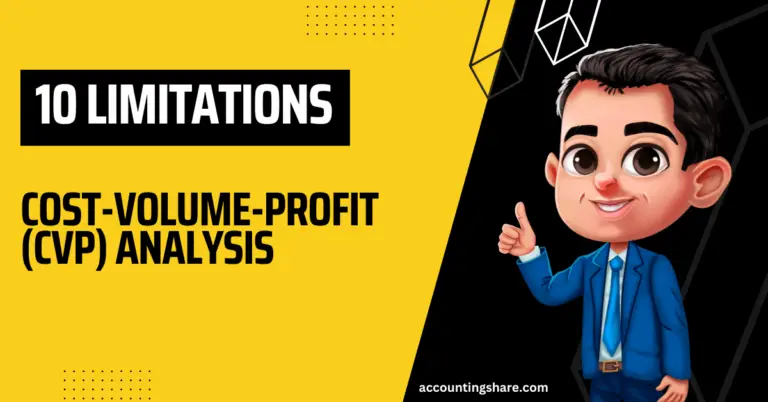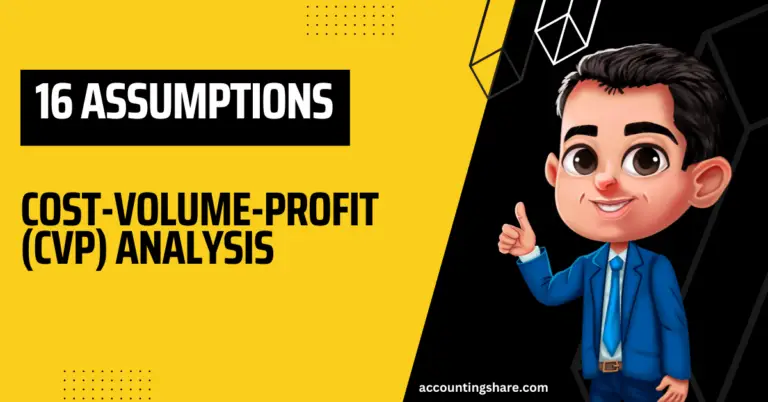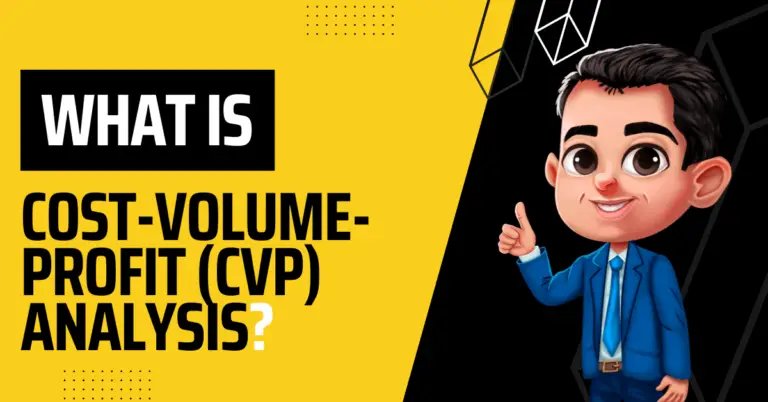Top 13 Uses of Cost-Volume-Profit (CVP) Analysis
Business uses cost-volume-profit (CVP) analysis extensively for a variety of objectives. It is a good decision-making tool for all management activities. This helps the manager make good decisions about product production, sales volume, product mix, and sales mix, among other things.
The following are the top 13 uses of CVP analysis:
- CVP analysis helps predict costs and profits based on changes in the volume of sales and production.
- This analysis makes it easier to figure out whether or not each product is worth selling.
- By using the CVP analysis method, it’s easy to compare the profitability of different companies to figure out what’s going on in the market.
- Any change in the number of sales will have a different effect on cost and profit, two other important factors. CVP analysis assists in learning about such impacts.
- CVP analysis helps a lot with this task because costs can be put into fixed and variable groups. Since variable costs can have a big effect on the sales P/V ratio and, in turn, on other factors, it’s important to know what they are so you can make better predictions and plans.
- It helps fix a sales volume level to earn or cover a given revenue, return on capital employed, or rate of dividend.
- It helps figure out the effect of a change in volume due to plant expansion or the acceptance of an order, with or without a rise in costs. In other words, a change in sales volume can be used to figure out how much profit can be made.
- C.V.P. analysis helps figure out how much each product, line, project, or profit plan makes in comparison to the others.
- Using cash break-even charts helps figure out how much cash is needed to reach a certain level of output.
- The cost-volume-profit analysis emphasizes the importance of capacity utilization for achieving economies of scale.
- Based on a cost-volume-profit analysis During a bad recession, the effects of going out of business versus continuing to operate at a loss are compared.
- Break-even analysis and cost-volume-profit charts provide a clearer picture of the impact that a change in fixed overhead will have on the overall cost.
- The position of the breakeven point and the angle of incidence in the break-even chart can be used to figure out the conditions of a business, such as its profit potential, capital needs, financial stability, and the impact of fixed and variable costs.
Last but not least, it can be said that cost-volume-profit analysis helps management reach all of the above goals.
You can also read:






